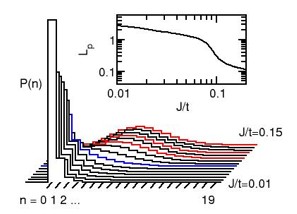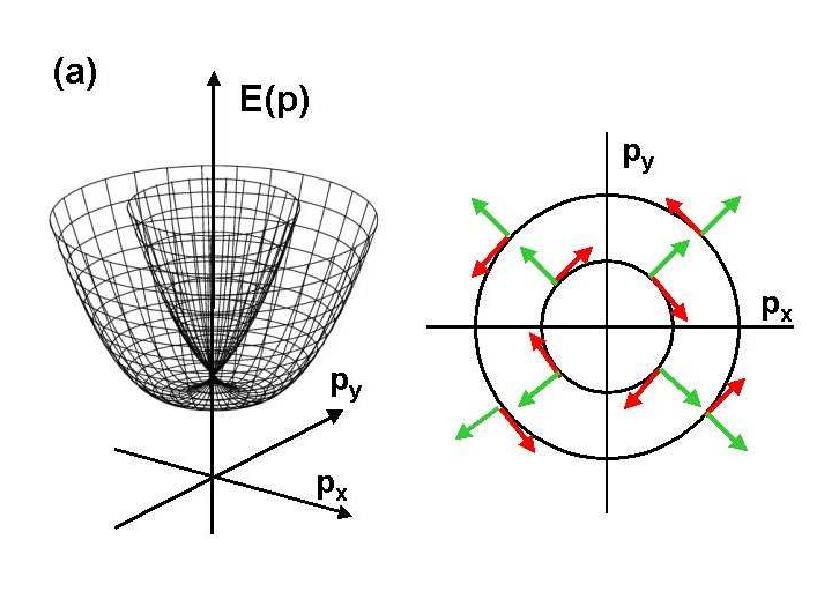In system with strong electron-phonon interaction, the carriers loose mobility, ultimately acquiring polaronic character. A polaron is a state in which the phonon and electron degrees of freedom are strongly entangled, and the presence of an electron is associated to a finite lattice distortion, which in turn bind

Phonon distribution function P(n) and magnetic polaron size Lp as function of the exchange coupling J, signalizing the formation of the spin/lattice polaron
s the electron leading to the so-called self-trapping effect.… Read the rest


![Fig. 1: electronic structure of graphene and Dirac-like dispersion. After A.H. Castro Neto et al., arXiv:0709.1163v2 [cond-mat.other] (2007). Fig. 1: electronic structure of graphene and Dirac-like dispersion](/wp-content/uploads/2017/07/dirac_graphene.jpg) A large interest, for its potential technological applications, concerns the investigation of optical and transport properties of both single-layer and multi-layered graphene, which are dominated by its so-called relativistic Dirac-like electronic structure (see Figure on the right).
A large interest, for its potential technological applications, concerns the investigation of optical and transport properties of both single-layer and multi-layered graphene, which are dominated by its so-called relativistic Dirac-like electronic structure (see Figure on the right).